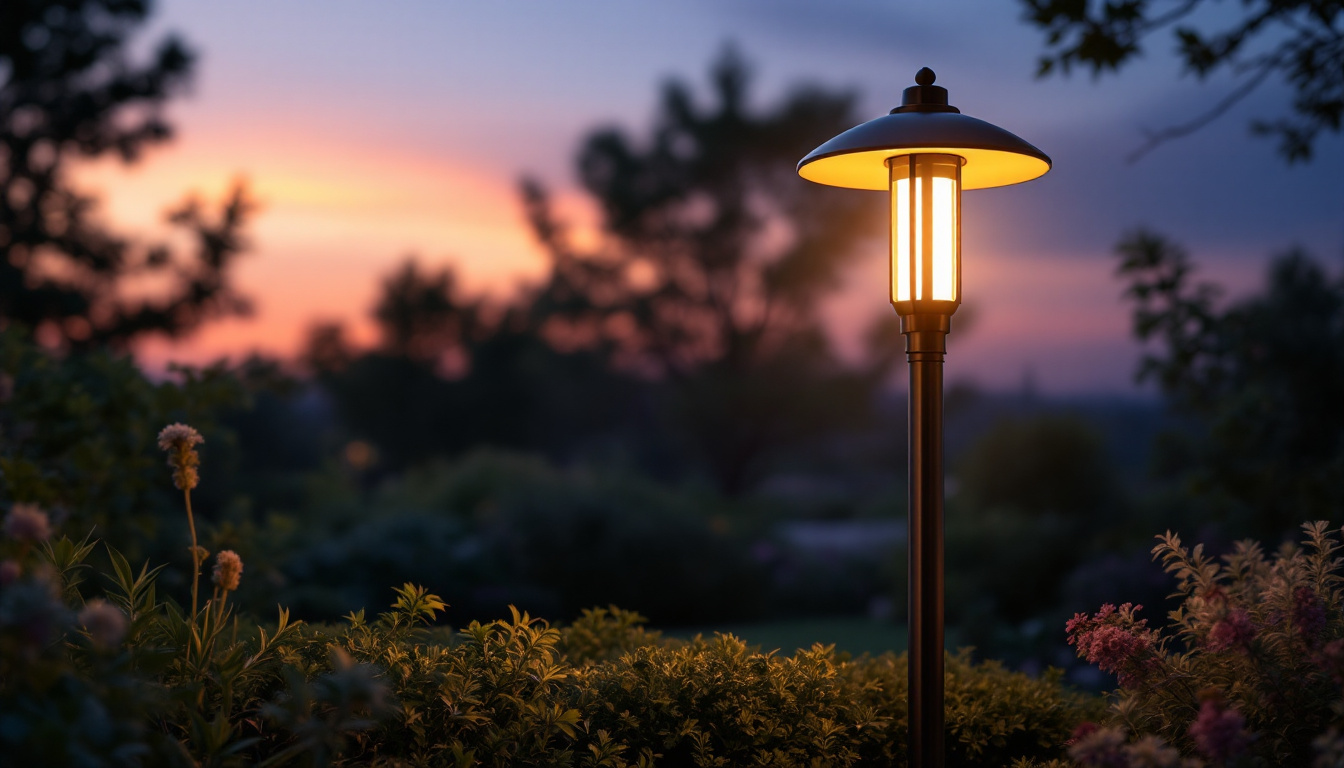
canned lights, also known as recessed lights or downlights, are a popular choice for both residential and commercial lighting. Their sleek design allows them to blend seamlessly into ceilings, providing a clean and modern look. However, like all lighting fixtures, they may require replacement over time due to wear and tear, outdated technology, or changes in design preferences. For lighting contractors, understanding the nuances of canned light replacement is essential for providing quality service and ensuring customer satisfaction. This article delves into the key aspects of canned light replacement that every lighting contractor should be aware of.
Canned lights are recessed fixtures that are installed into the ceiling, creating a minimalist aesthetic. They are typically housed in a cylindrical canister, which is why they are commonly referred to as “canned” lights. These fixtures can accommodate various types of bulbs, including incandescent, halogen, CFL, and LED, making them versatile for different lighting needs.
The design of canned lights allows them to be used in various settings, from accent lighting in living rooms to task lighting in kitchens. Their ability to direct light downward makes them ideal for highlighting artwork or providing general illumination without the bulkiness of traditional fixtures. Additionally, the sleek profile of canned lights can enhance the overall decor of a room, blending seamlessly with modern interiors while still offering functional benefits.
Furthermore, the installation of canned lights can significantly alter the ambiance of a space. By adjusting the placement and intensity of the lights, homeowners can create a warm, inviting atmosphere or a bright, energizing environment, depending on the occasion. This adaptability is a key reason why canned lights have become a staple in contemporary home design.
There are several types of canned lights available, each suited for different applications. Understanding these types is crucial for lighting contractors when recommending replacements or upgrades to clients.
In addition to these primary types, there are also specialized canned lights designed for specific functions. For instance, adjustable or gimbal cans allow for directional lighting, which is perfect for highlighting features like architectural details or artwork. There are also wet-rated cans suitable for installation in areas exposed to moisture, such as bathrooms or outdoor spaces. This variety ensures that there is a canned light solution for virtually any lighting challenge.
Canned lights offer numerous advantages, making them a popular choice among homeowners and builders alike. Their space-saving design is a significant benefit, as they do not protrude from the ceiling, allowing for a clean and unobtrusive look.
Moreover, canned lights provide flexibility in terms of placement and direction. They can be installed in various configurations to create different lighting effects, such as wall washing or spotlighting. Additionally, the energy efficiency of LED options has made them an attractive choice, reducing electricity costs while providing high-quality illumination.
Another noteworthy benefit of canned lights is their ability to enhance the perceived height of a room. By eliminating bulky fixtures that hang from the ceiling, canned lights create an illusion of more vertical space, making rooms feel larger and more open. This is particularly advantageous in smaller homes or apartments where maximizing space is essential. Furthermore, the ability to dim many canned light options allows homeowners to adjust the brightness according to their mood or the time of day, adding to their versatility and appeal.
As with any lighting fixture, canned lights can show signs of wear over time. Flickering lights, dimming, or complete failure to turn on are common indicators that a replacement is necessary. Additionally, physical damage to the fixture or housing can compromise safety and performance.
Contractors should also be vigilant for signs of overheating, which can manifest as discoloration around the fixture or a burning smell. This is particularly important for non-IC rated cans that may have been improperly installed in insulated ceilings.
Another reason for replacement may stem from the desire to upgrade to more energy-efficient lighting solutions. Many older canned lights use incandescent or halogen bulbs, which consume more energy and have shorter lifespans compared to modern LED options. Replacing outdated fixtures with LED canned lights can significantly reduce energy consumption and maintenance costs.
In addition to energy efficiency, LED lights offer improved color rendering and a longer lifespan, making them a more attractive option for homeowners looking to enhance their lighting while being environmentally conscious.
When selecting replacement canned lights, compatibility with existing fixtures is crucial. Contractors must consider the size and type of the existing canister to ensure that the new fixture fits properly. Standard sizes include 4-inch, 5-inch, and 6-inch diameters, and choosing the right size will affect both aesthetics and lighting performance.
Additionally, the type of bulb that the new fixture accommodates is an important factor. Many contractors recommend LED retrofits, which can often be installed directly into existing cans, making the replacement process more straightforward and cost-effective.
Another critical aspect of selecting replacement fixtures is understanding light output and color temperature. The brightness of a light fixture is measured in lumens, and contractors should ensure that the replacement fixture provides adequate illumination for the intended space.
Color temperature, measured in Kelvin, also plays a significant role in the overall ambiance of a room. Warmer temperatures (2700K-3000K) create a cozy atmosphere, while cooler temperatures (4000K-5000K) are more suitable for task-oriented spaces. Contractors should discuss these options with clients to ensure they achieve the desired lighting effect.
Safety is paramount when replacing canned lights. Before beginning any installation, contractors should ensure that the power to the existing fixtures is turned off at the circuit breaker. This prevents the risk of electrical shock and ensures a safe working environment.
Additionally, using proper tools and equipment is essential. Contractors should have access to ladders, wire strippers, and other necessary tools to facilitate a smooth installation process. Wearing appropriate personal protective equipment (PPE) is also recommended to safeguard against potential hazards.
When installing replacement canned lights, it is vital to follow the manufacturer’s instructions carefully. This includes ensuring that the fixture is securely mounted and that all electrical connections are made according to code. Properly sealing the fixture can also help prevent air leaks and improve energy efficiency.
For remodel cans, contractors should ensure that the clips or brackets are properly secured to the ceiling to avoid any sagging or misalignment. This attention to detail not only enhances safety but also contributes to a professional finish.
After installation, testing the new fixtures is a crucial step. Contractors should turn the power back on and verify that all lights function correctly. This includes checking for flickering, dimming, or any other irregularities. If issues arise, troubleshooting may be necessary to identify and resolve the problem.
Adjustments may also be required to achieve the desired lighting effect. This could involve repositioning the fixtures or modifying the angle of adjustable recessed lights to ensure optimal illumination.
Once the installation is complete, educating the client about their new canned lights is essential. Contractors should explain how to operate any dimmers or smart controls, if applicable, and provide information on bulb replacement and maintenance. This empowers clients to take care of their lighting and ensures they understand the benefits of their new fixtures.
One of the challenges that contractors may encounter during canned light replacement is dealing with existing wiring issues. Older homes may have outdated wiring that does not meet current electrical codes, potentially complicating the installation process.
In such cases, it may be necessary to upgrade the wiring to ensure safety and compliance. Contractors should be prepared to assess the existing electrical system and make recommendations for necessary upgrades. This not only enhances safety but also improves the overall performance of the new lighting fixtures.
Another common challenge is addressing aesthetic concerns, particularly when replacing fixtures in a space with existing decor. Clients may have specific preferences regarding the style and finish of the new fixtures, and contractors should be prepared to offer a variety of options to meet these needs.
In some cases, clients may prefer to maintain a consistent look throughout their home. Contractors can assist by suggesting fixtures that match existing lighting or architectural elements, ensuring a cohesive design that enhances the overall aesthetic.
Canned light replacement is a vital service that lighting contractors must master to meet the evolving needs of their clients. By understanding the types of canned lights, recognizing signs of wear, choosing the right replacements, and following proper installation practices, contractors can ensure successful outcomes and satisfied customers.
As the demand for energy-efficient lighting solutions continues to grow, staying informed about the latest advancements in technology and design will position contractors for success in the competitive lighting industry. Ultimately, a commitment to quality service and customer education will foster long-term relationships and repeat business.
Ready to elevate your lighting projects with the highest quality canned lights? Look no further than LumenWholesale, where we provide lighting contractors with spec-grade lighting products at unbeatable wholesale prices. Say goodbye to local distributor markups and hello to our extensive selection that meets rigorous industry standards. With free shipping on bulk orders, you can stock up on reliable, high-performance lighting solutions and enjoy the best value without any hidden fees. Make your next project shine with the perfect blend of quality, affordability, and convenience. Visit LumenWholesale today for Wholesale Lighting at the Best Value.

Discover how LED linear lights are revolutionizing the lighting industry, offering contractors enhanced efficiency, sustainability, and design flexibility.

Discover how light lamps can transform your indoor garden with optimal lighting solutions.

Discover the transformative potential of outdoor post lamps in modern lighting design and installation.

Discover the pitfalls lighting contractors often encounter with industrial outdoor lighting projects.